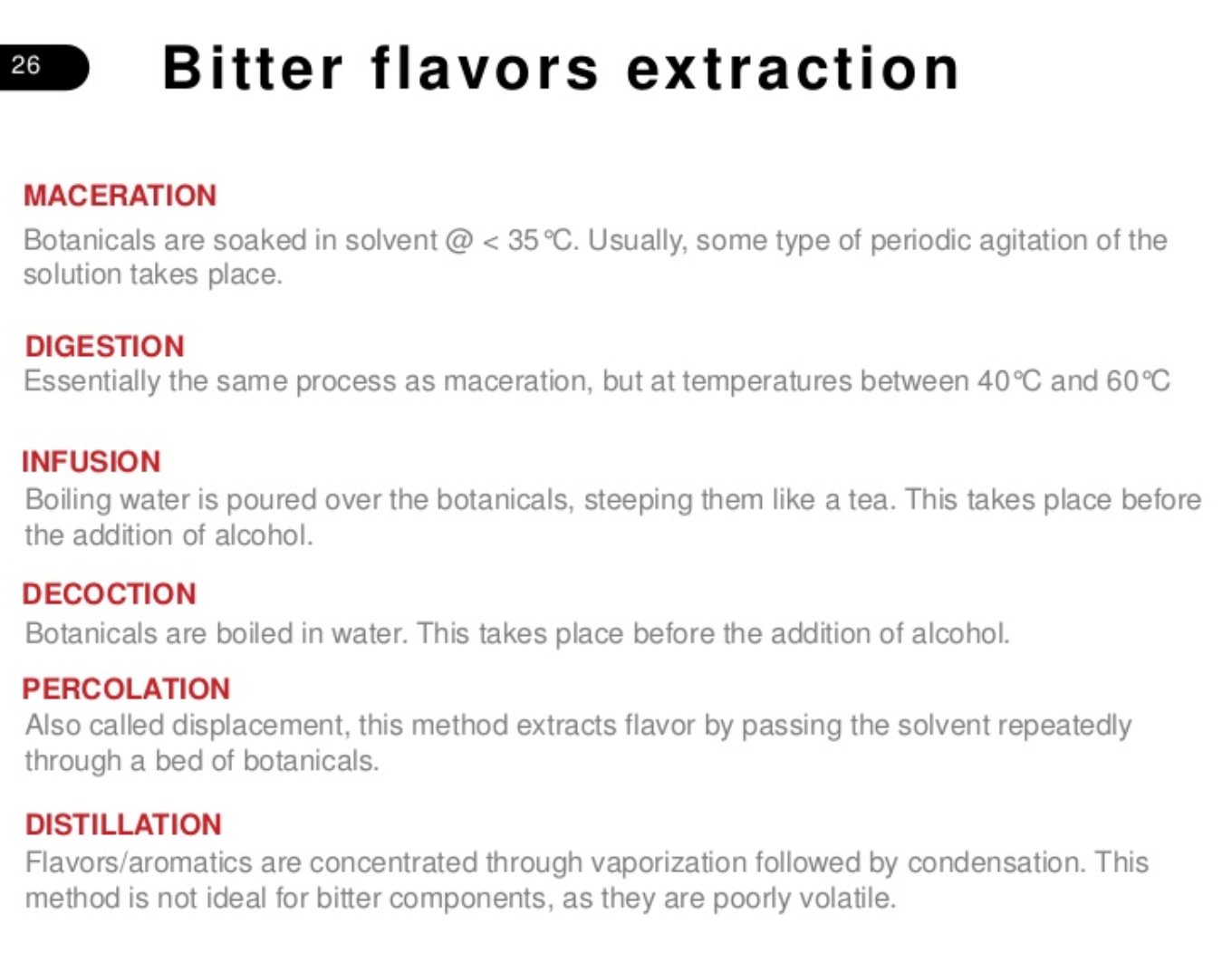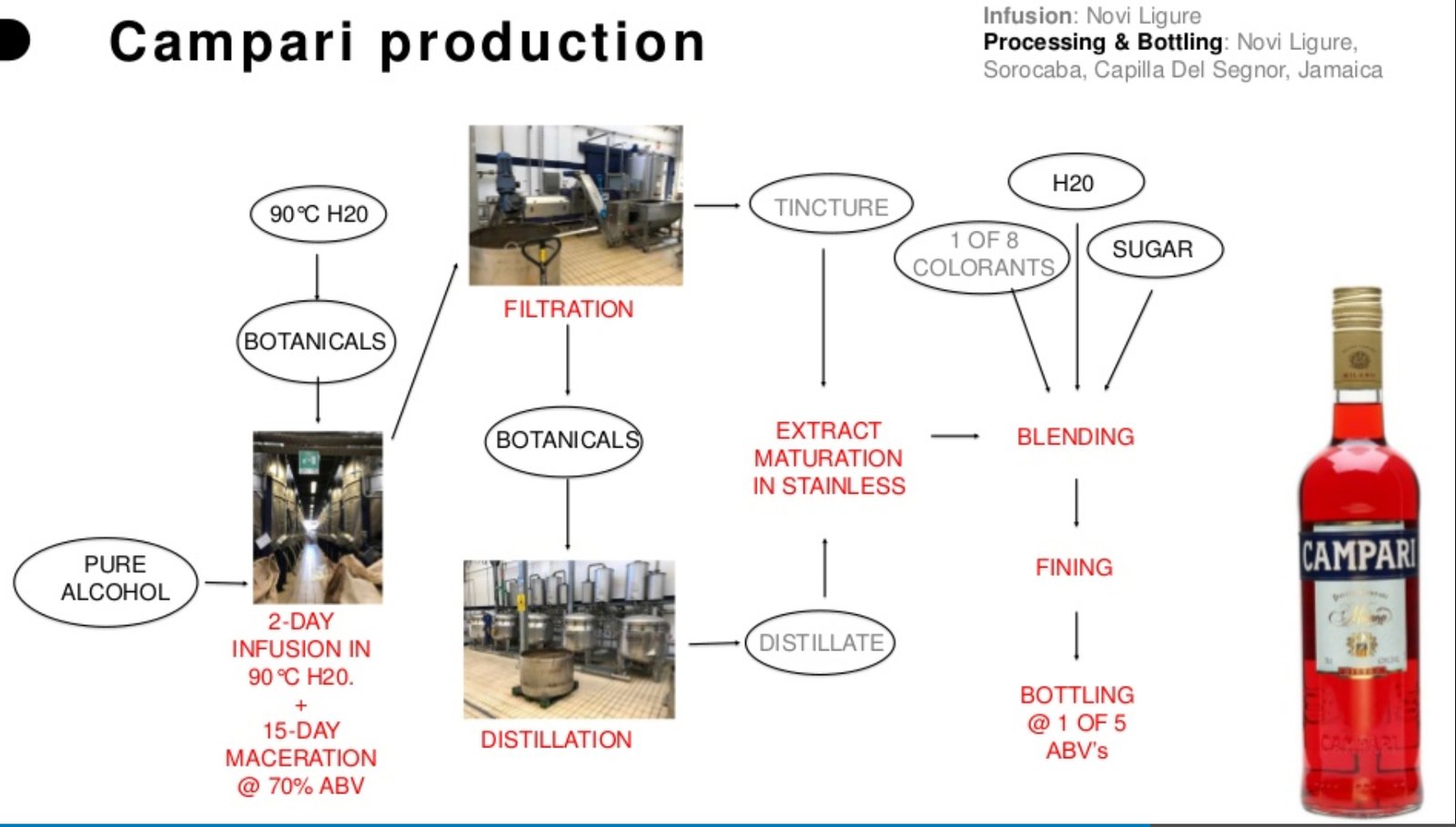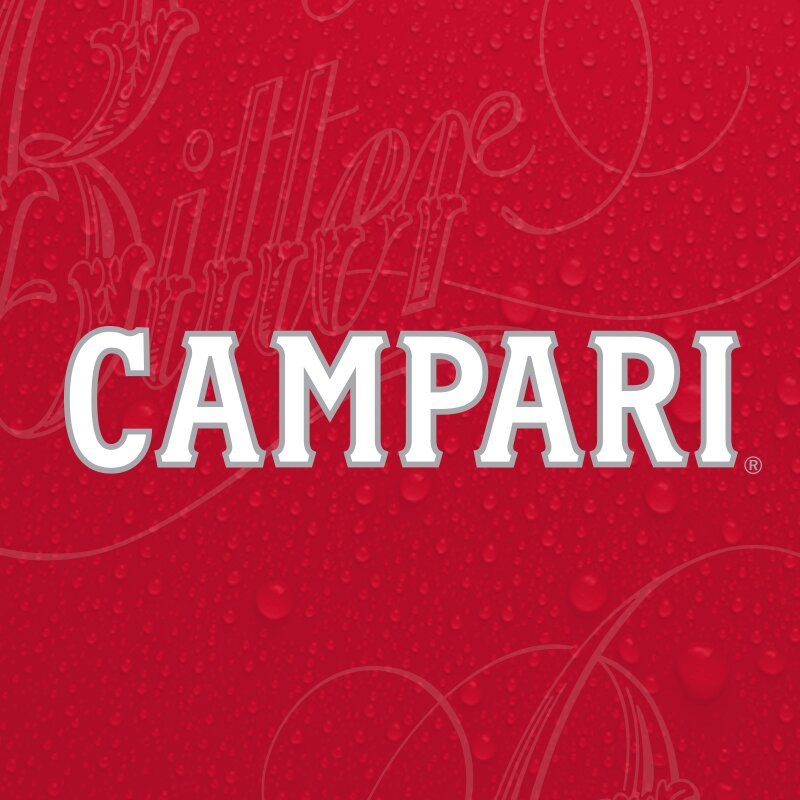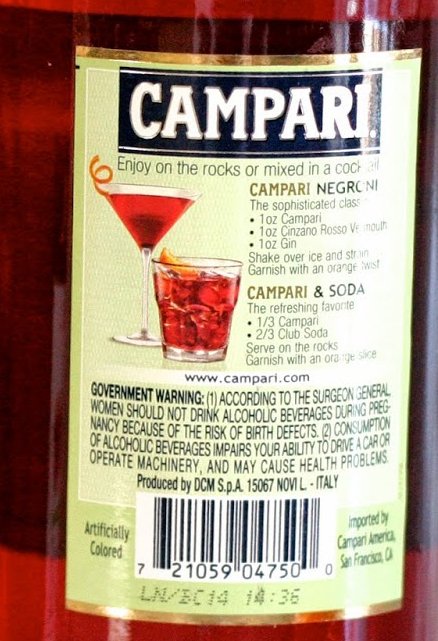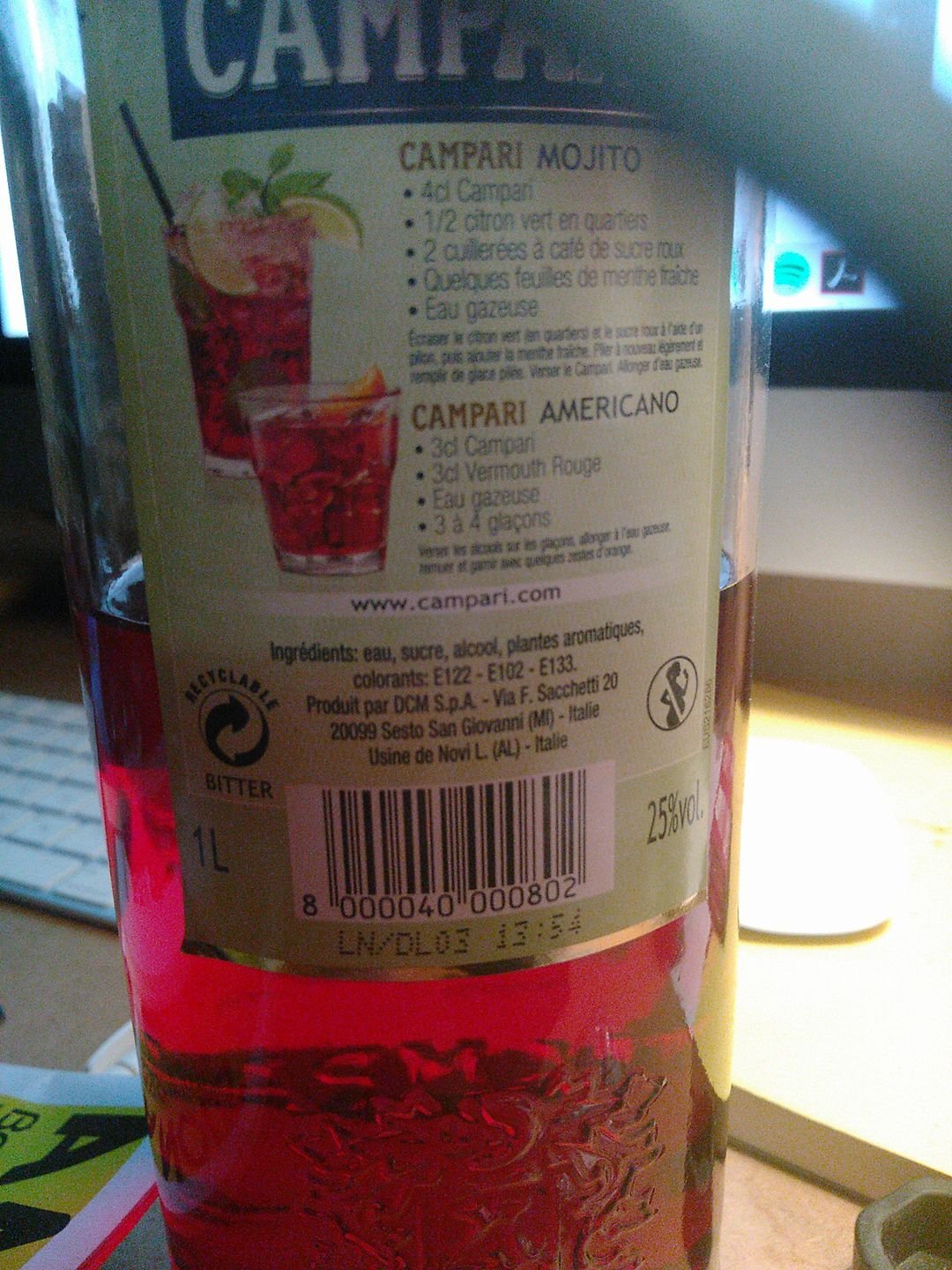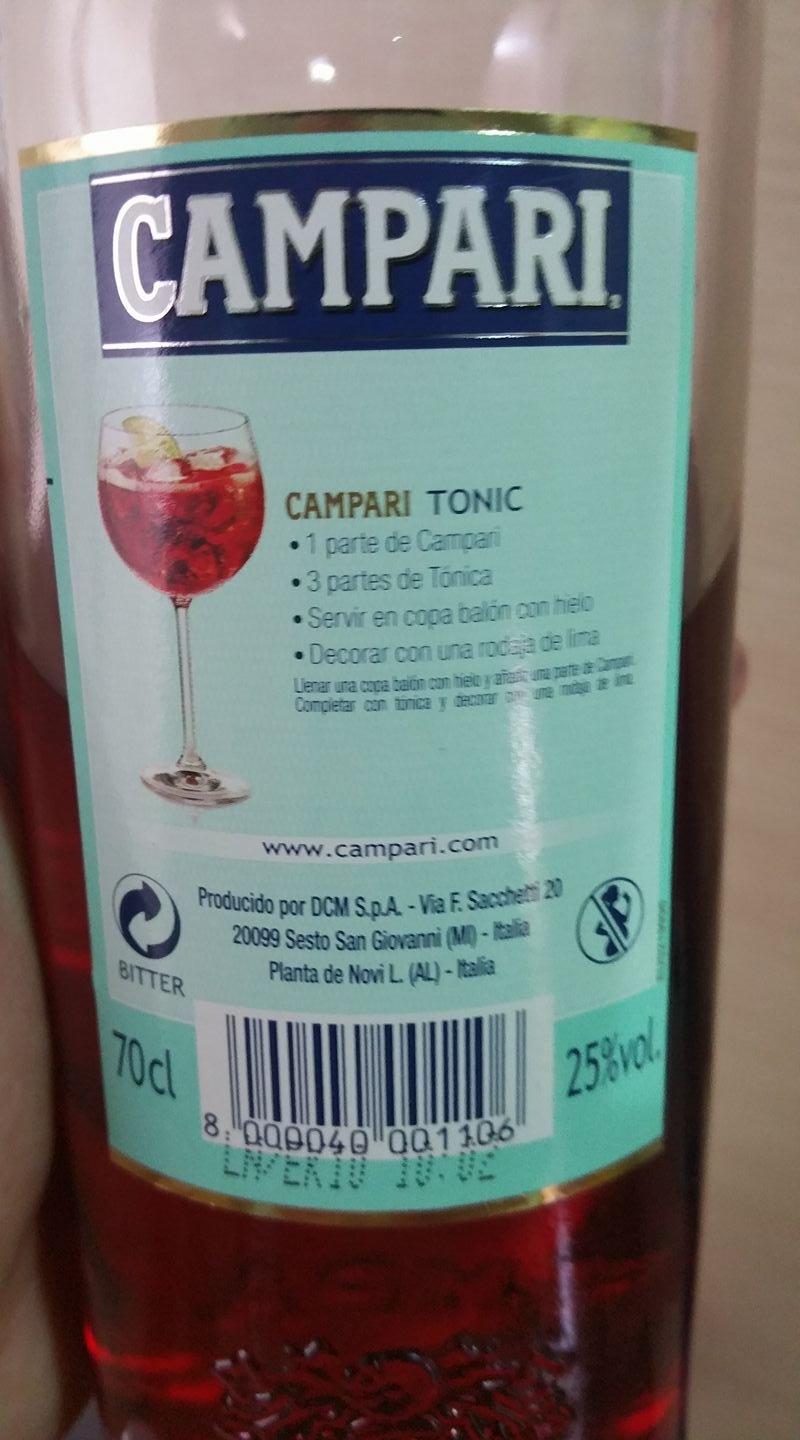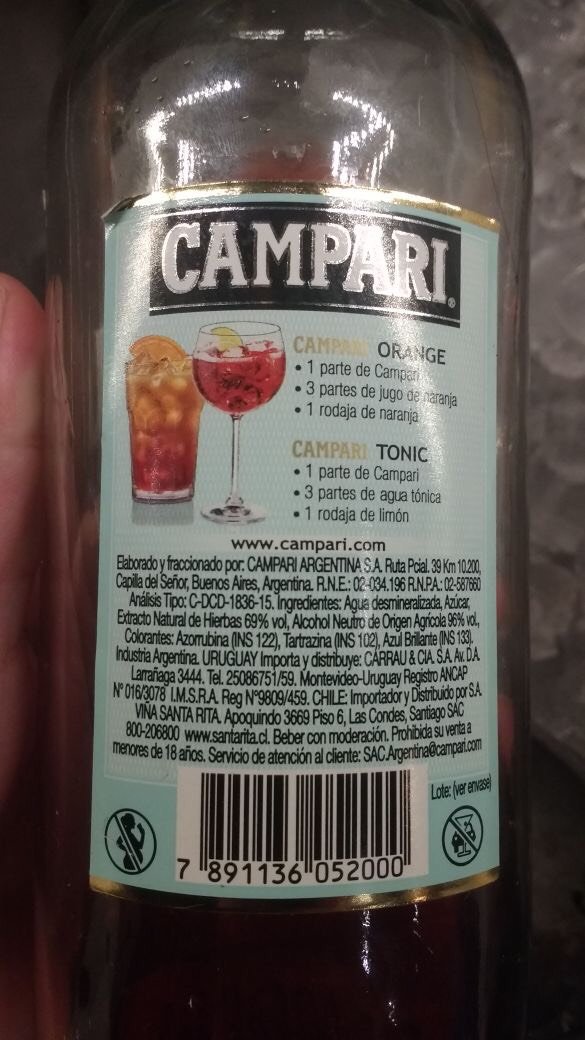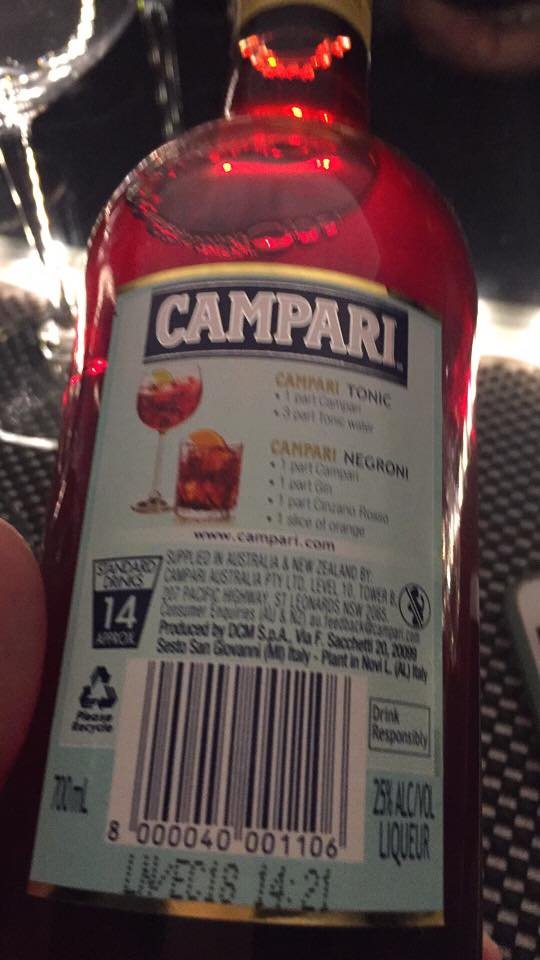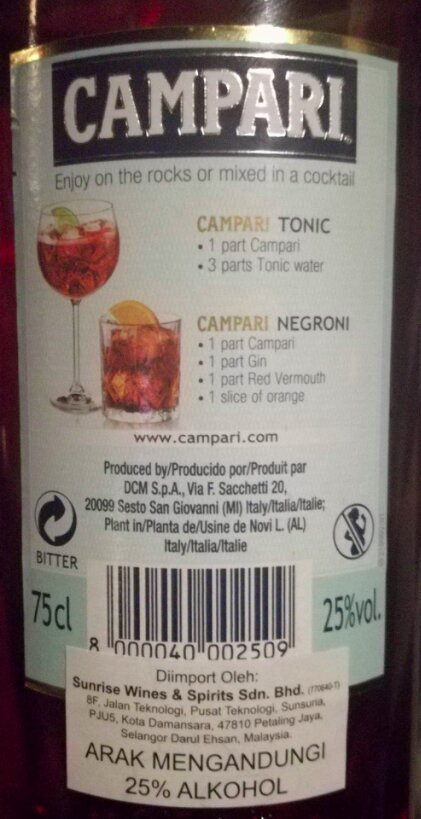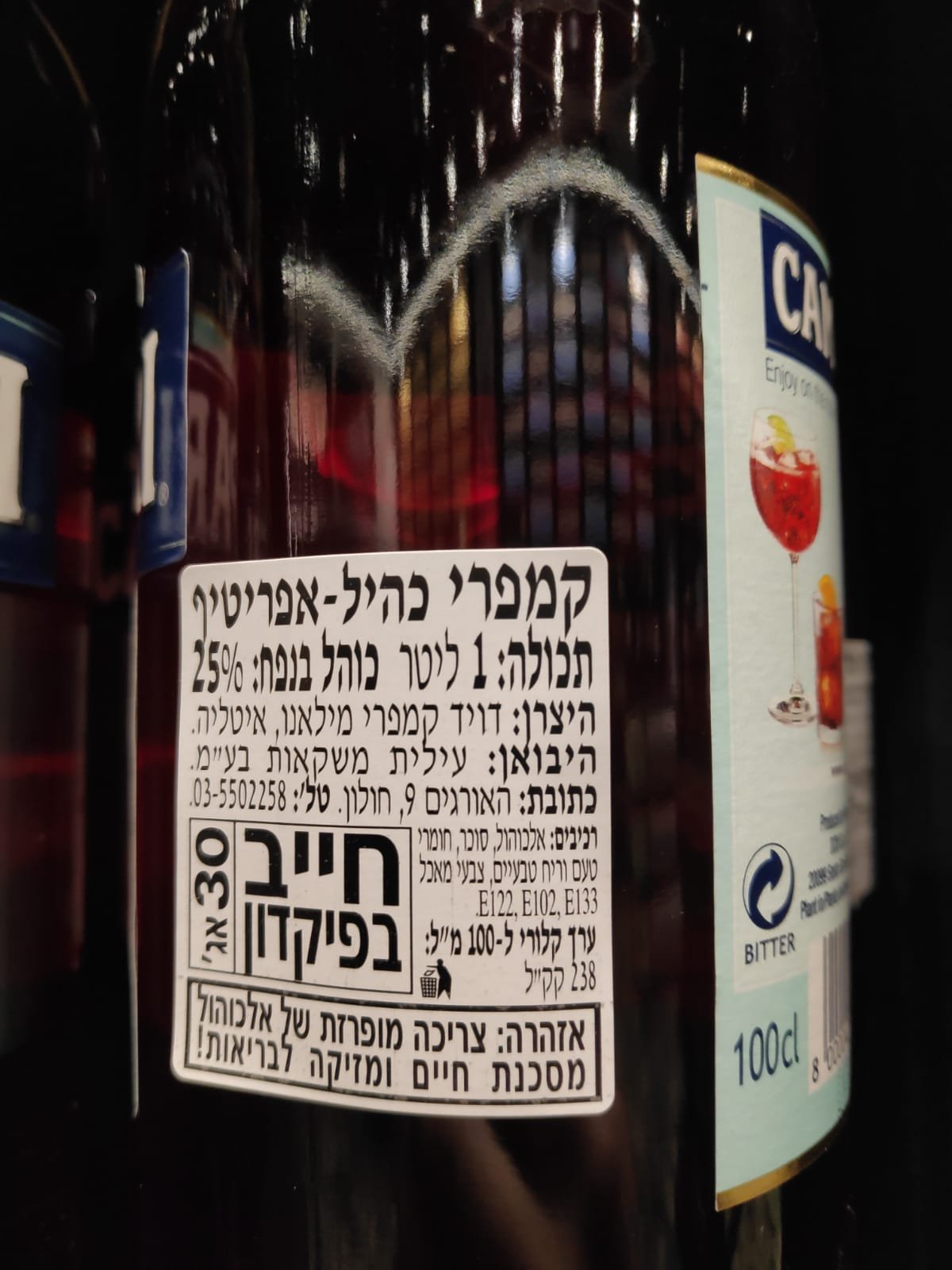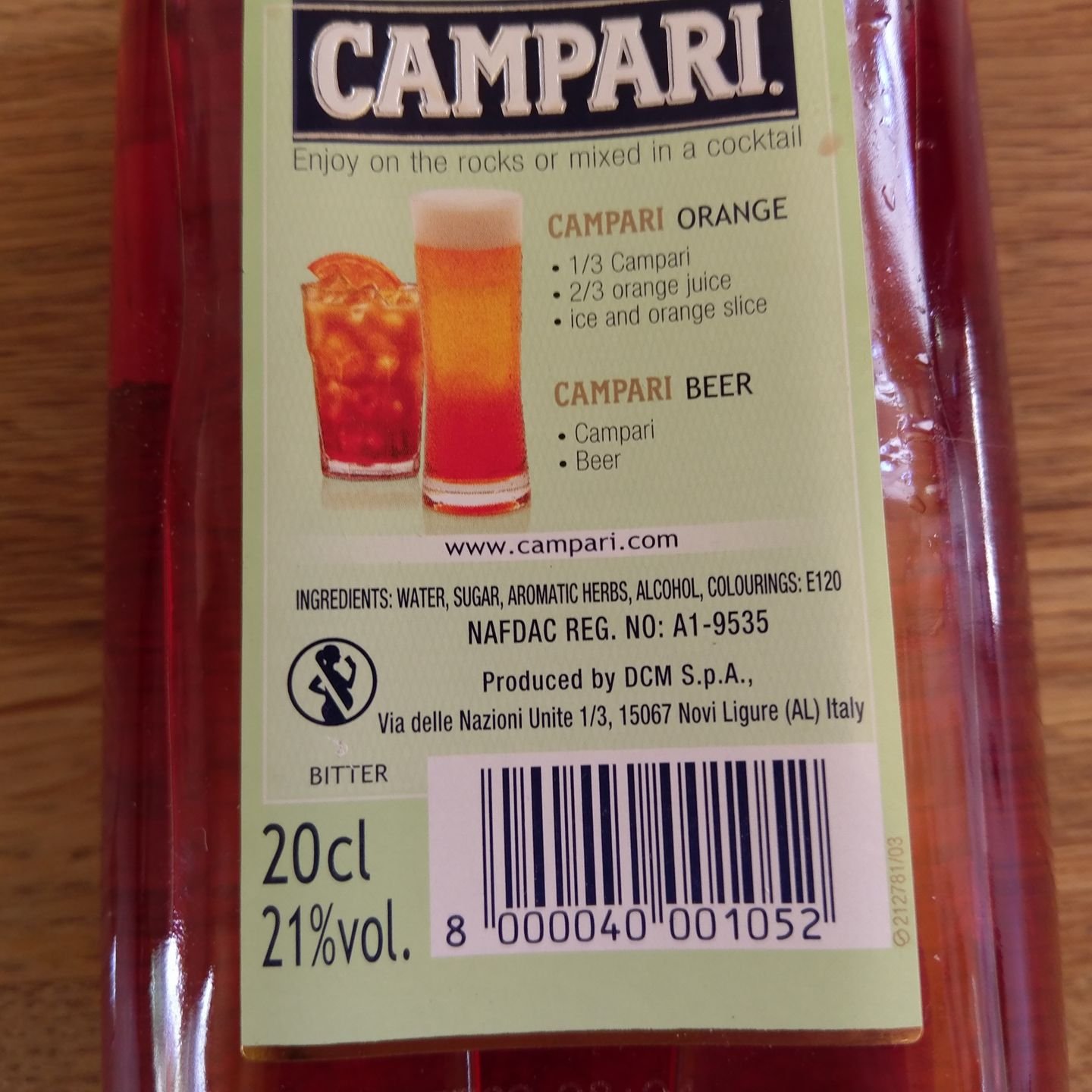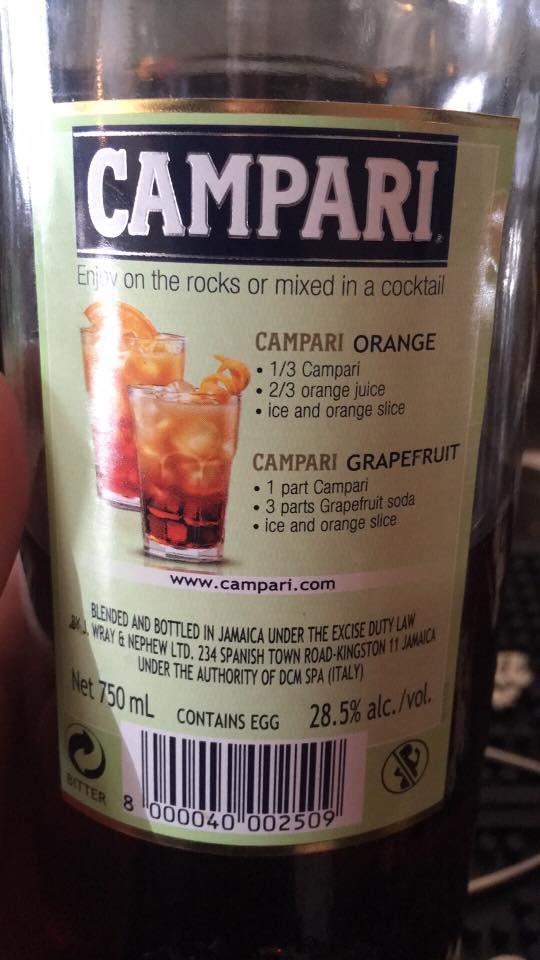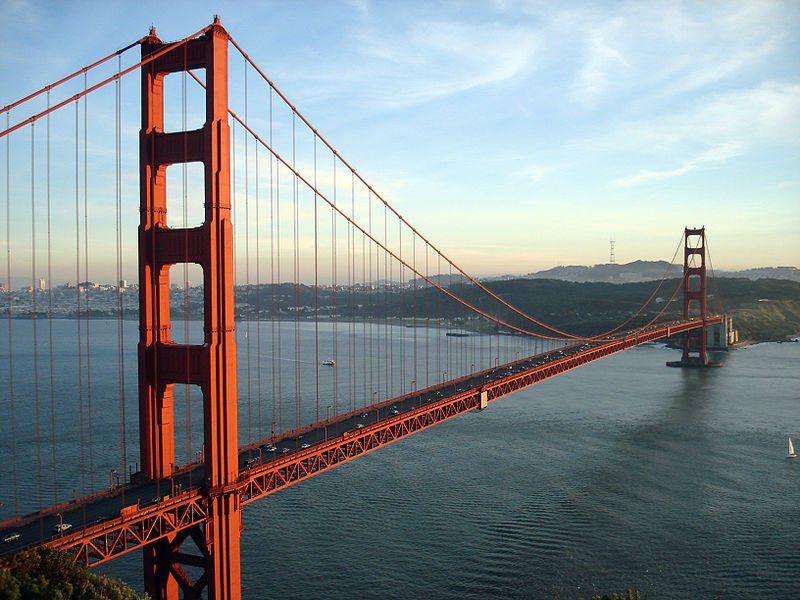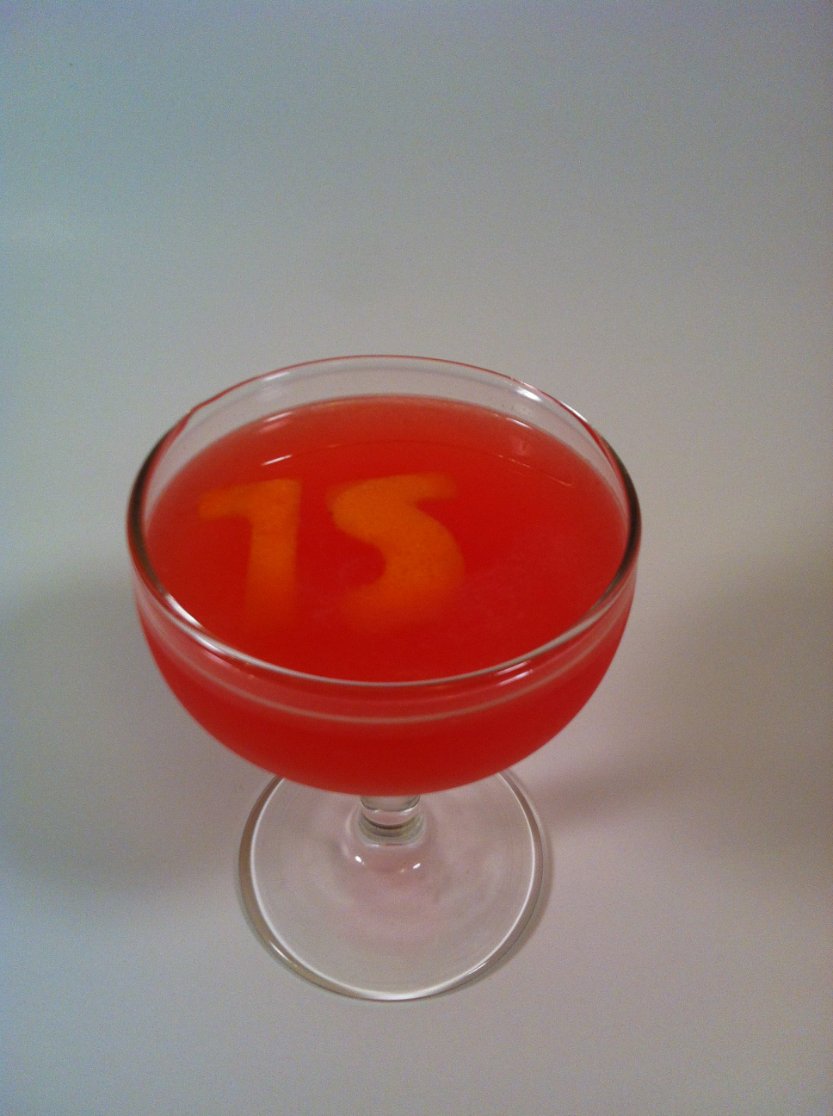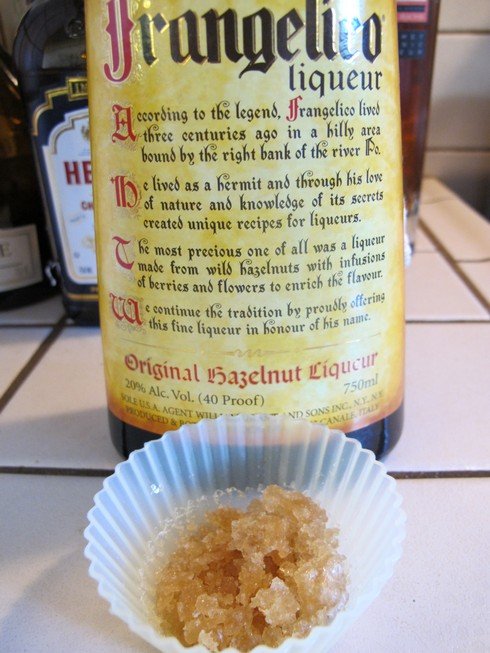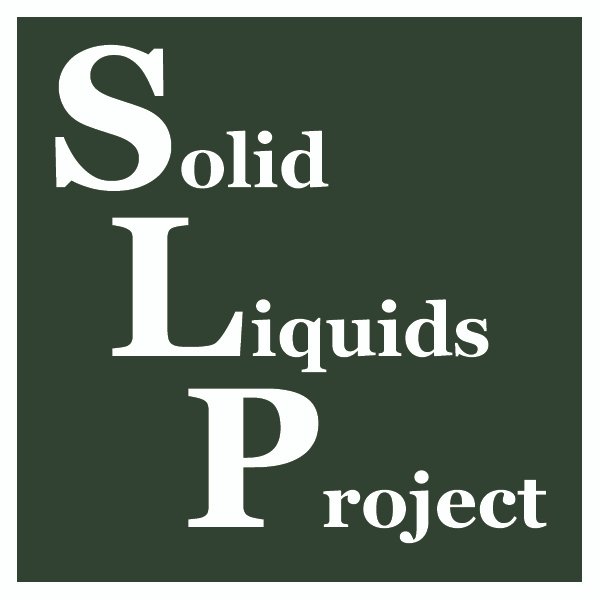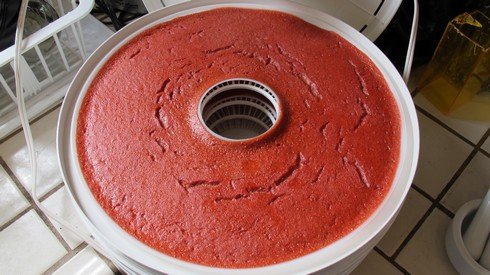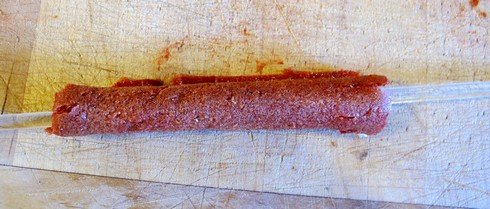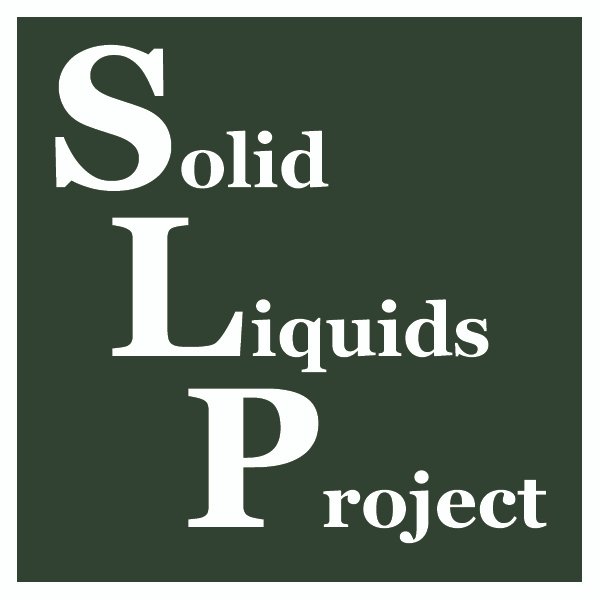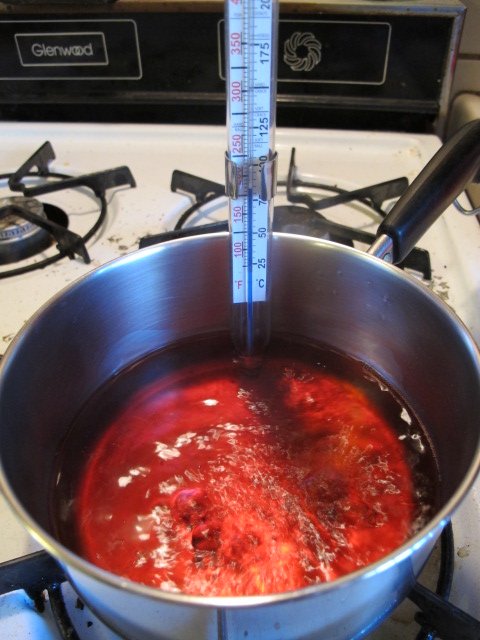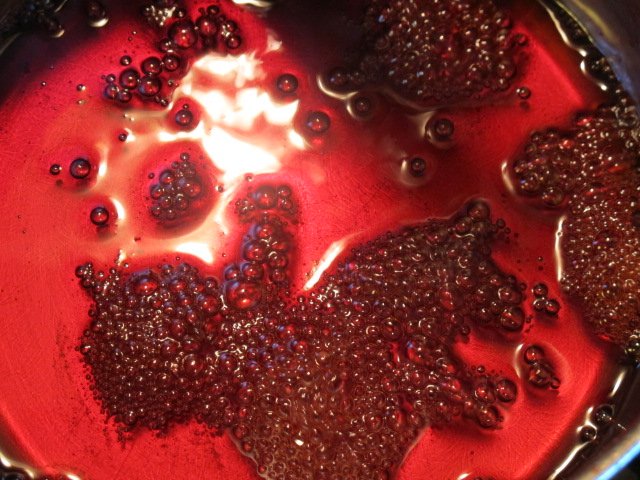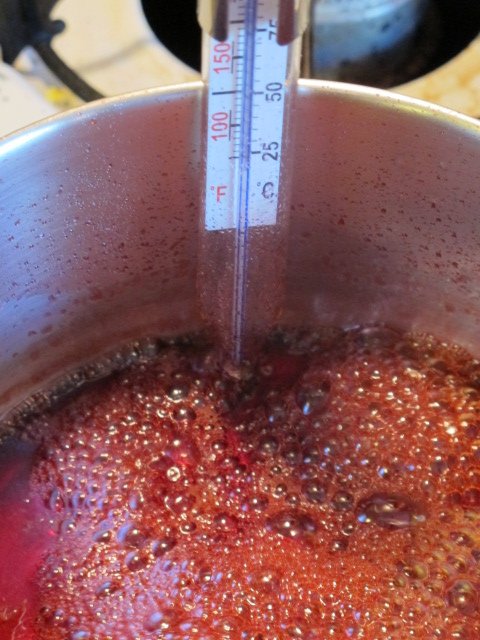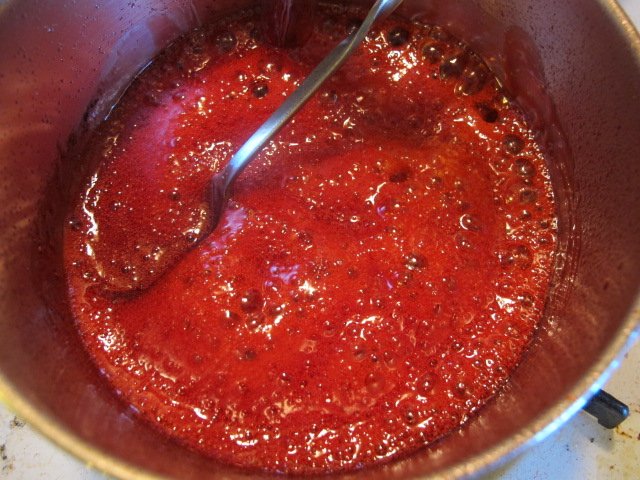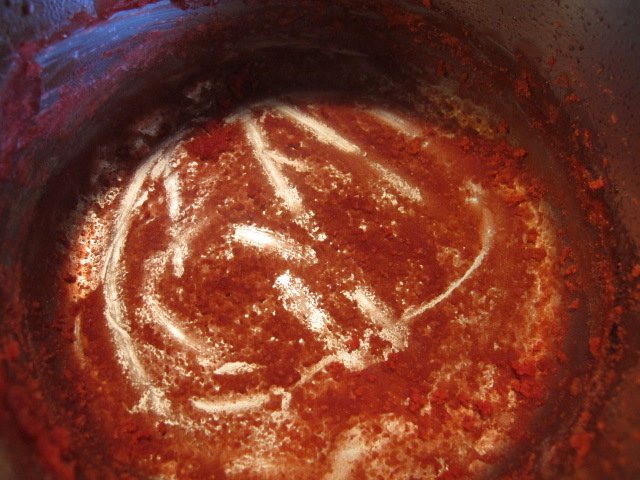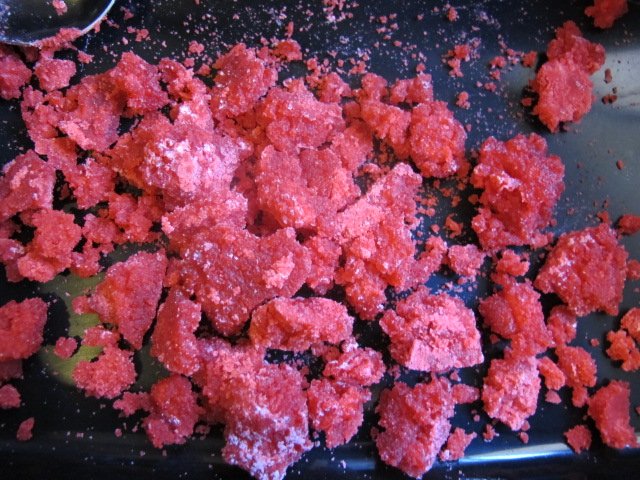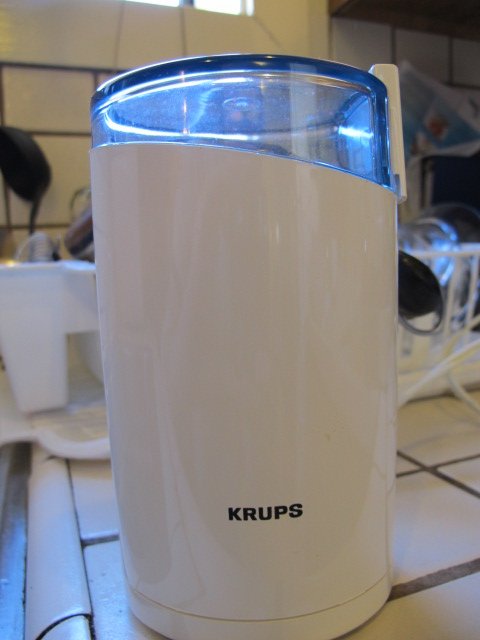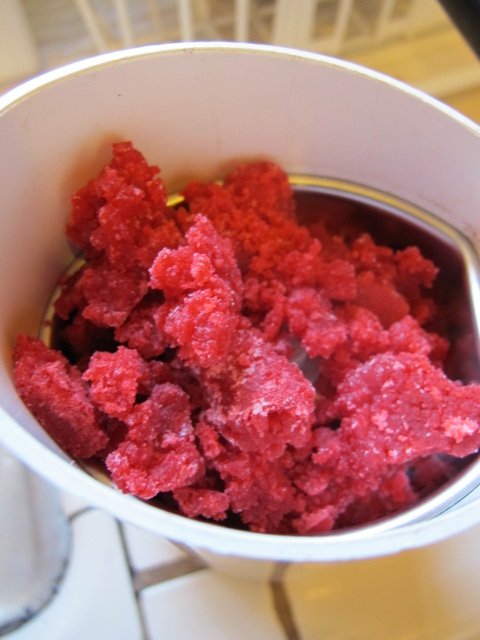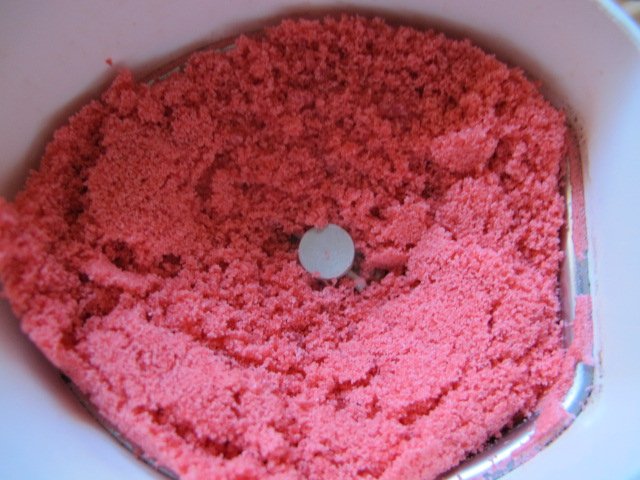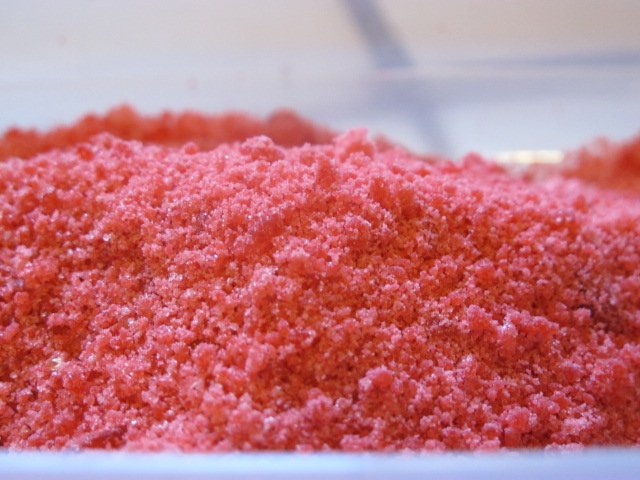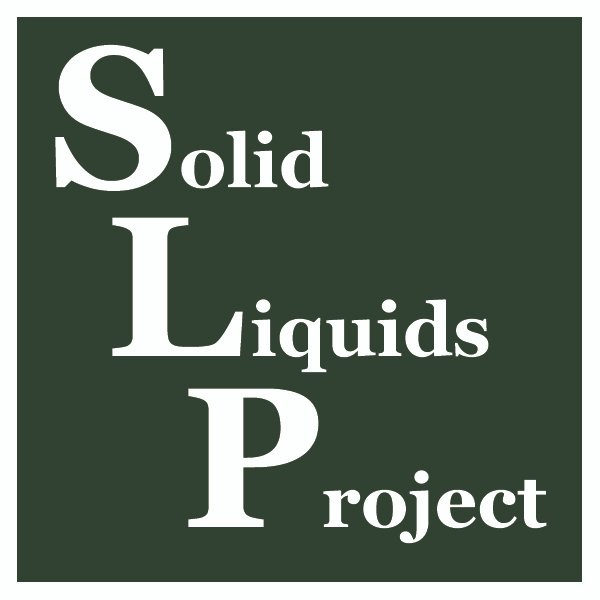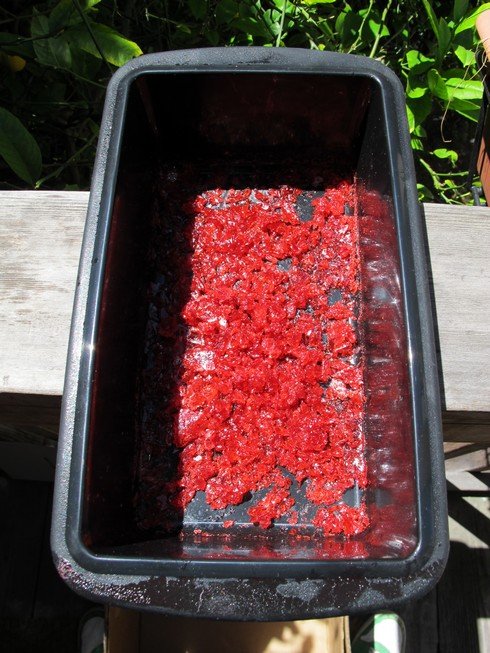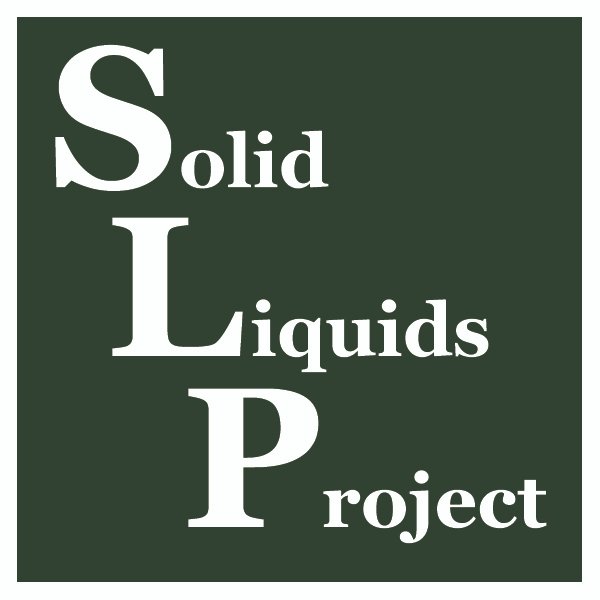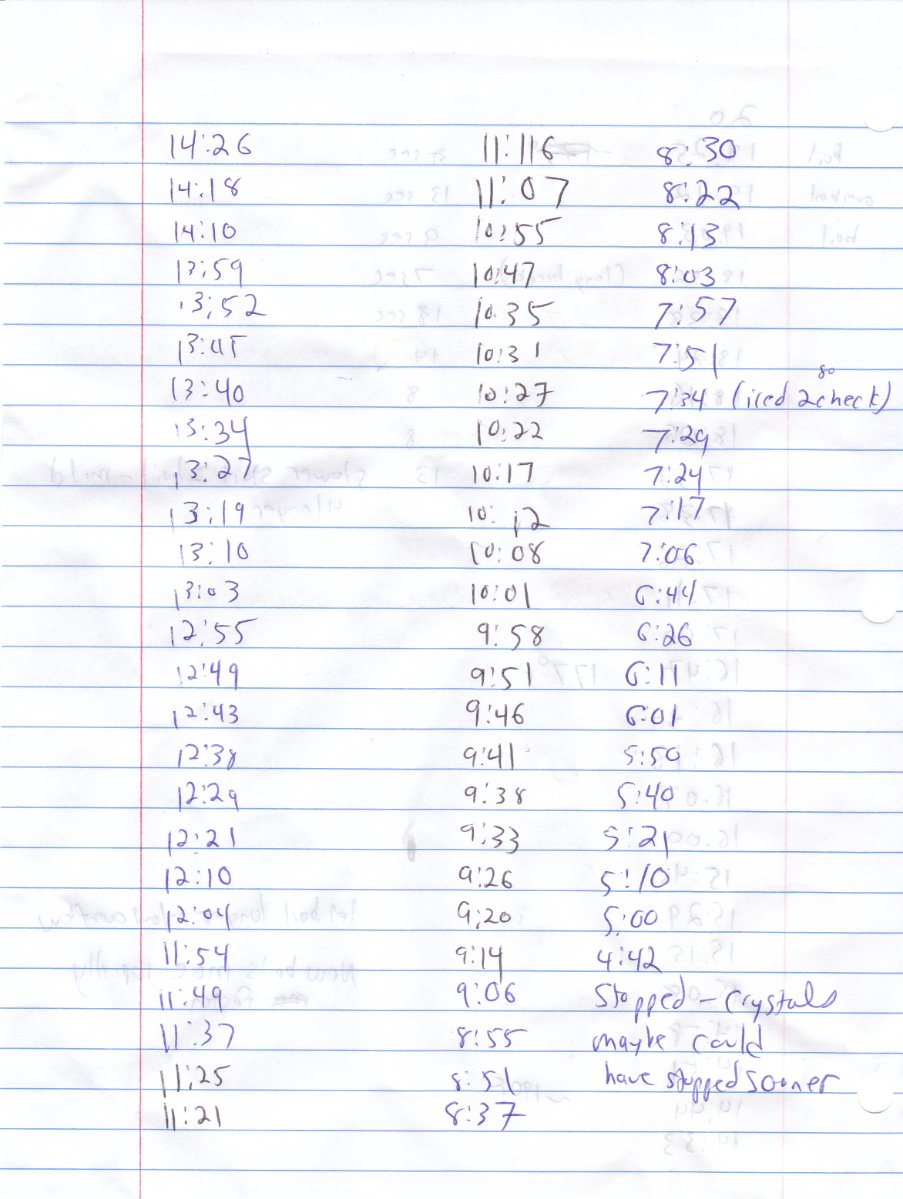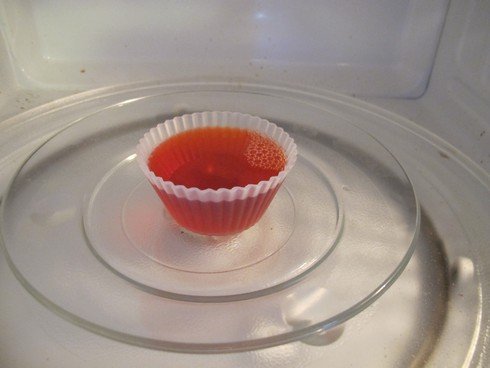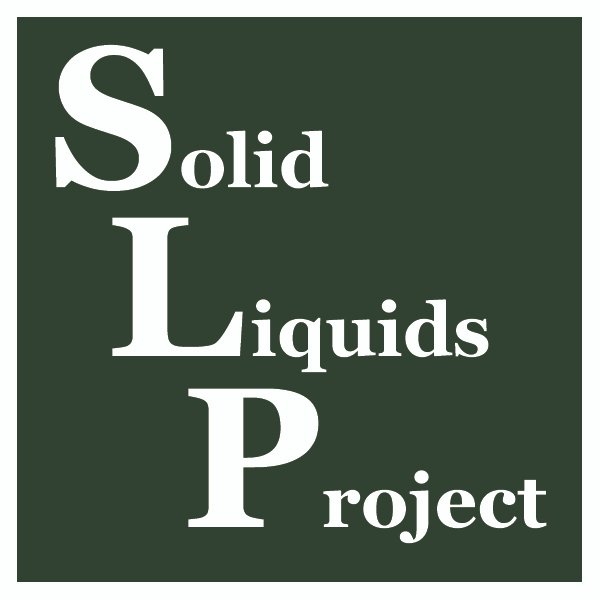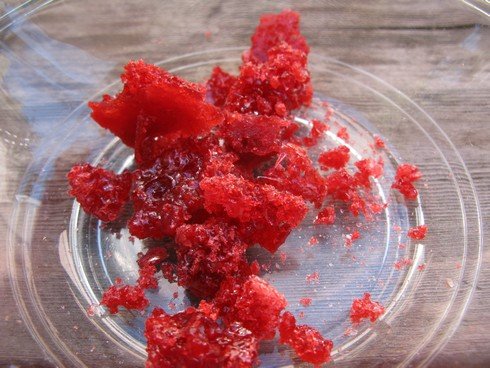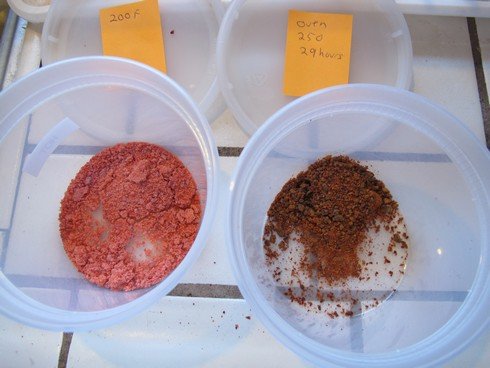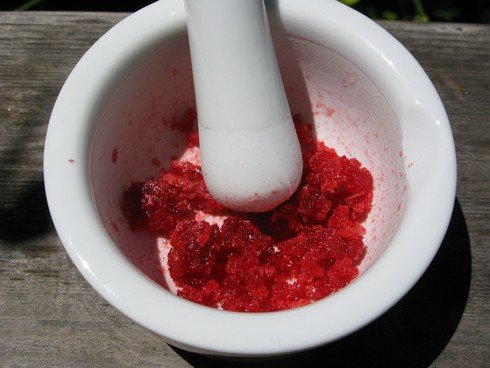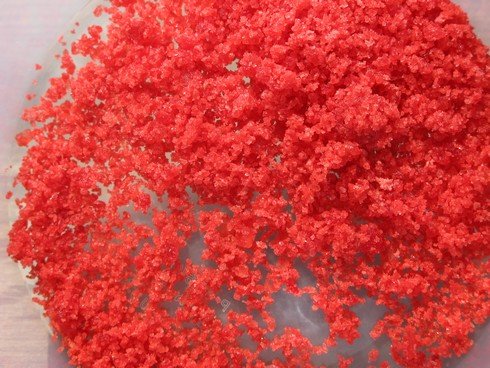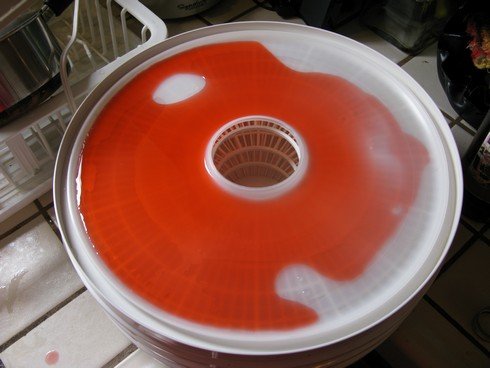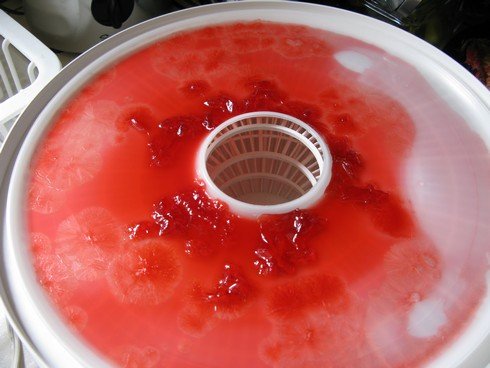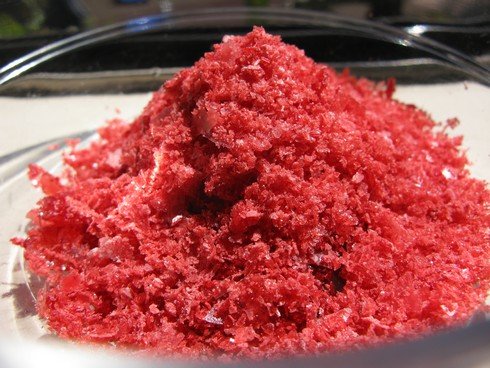At this year's Tales of the Cocktail, I went to a terrific seminar called Til The Bitter End, lead by Audrey Fort of The Rooster Factory brand development agency.
I also gave a seminar about bitterness at Tales, with an emphasis on understanding the flavor of different bittering agents. This seminar, on the other hand, was about bitterness in general and measuring the impact of bitterness in different spirits in particular. Though I researched the heck out of my own seminar, I also learned a ton in this one.
One of the panelists was Mike Capoferri, Italian Portfolio Ambassador for the Campari Group. I'd not met him before and his part of the presentation was great. While Campari, the liqueur, doesn't disclose any of the ingredients in the bottle that make its distinctive flavor, Capoferri was able to share some of the very complicated production processes that go into it. And they're so complicated that it wouldn't matter if they disclosed every ingredient.
So first, some technical terminology that I'd not seen in this way before, defining various extraction techniques depending on whether it's done in alcohol or water:
One thing he mentioned in the seminar is that bitter compounds are not soluble in high-ABV alcohol. And I learned in the preparation for my own seminar that bitter flavors do not generally distill. That's why most bitter ingredients are macerated in the spirit rather than redistilled like gin. (In the case of Cointreau, I learned when I visited the distillery a few years ago, they distil their bitter oranges that have been macerated with pith in order to remove bitterness from the infusion.)
Essential oils (like from the peels of those oranges in Cointreau) on the other hand do distill well, and are soluble in high-ABV alcohol.
Within the Campari portfolio, Averna is a simple extraction of botanicals in high proof spirit, so the result is a not-super-bitter amaro.
Braulio, in contrast, is macerated at a lower proof, to enhance the bitter flavors.
Anyway, those maceration techniques are used in the production of Campari:
I'm glad to see Campari isn't just Herbs -> Infusion -> Filtration -> bottling. I like it when things are interesting.
Three important observations (of mine) from this:
- "1 of 8 Colorants": As I revealed on this blog post about how Campari is made differently around the world, insect-based natural cochineal coloring seems to have been replaced by artificial coloring in most parts of the world, but not all. The post identified some of the ways that the red coloring is labelled – and now we know there are eight variations (or at least there were at the time this slide was made)!
- "1 of 5 ABV's": Also on the blog post we knew there were different ABVs. I'm surprised there are only 5. But on the other hand, 5 ABVs times 8 colorants means they could make up to 40 variations of Campari.
- "Fining": On that same blog post, we saw from the bottle in Jamaica that Campari "contains eggs." I am pretty darn sure that is from the fining process (also used in beer and wine) that brings the liquid to clarity. The only thing to note here is that they use the term "fining" rather than "filtration" which helps build our case. To repeat from that blog post, even though in most countries Campari is no longer colored with insects, it is still almost assuredly not vegan.
So, that was awesome. Thanks to Audrey Fort and Mike Capoferri for the info.
